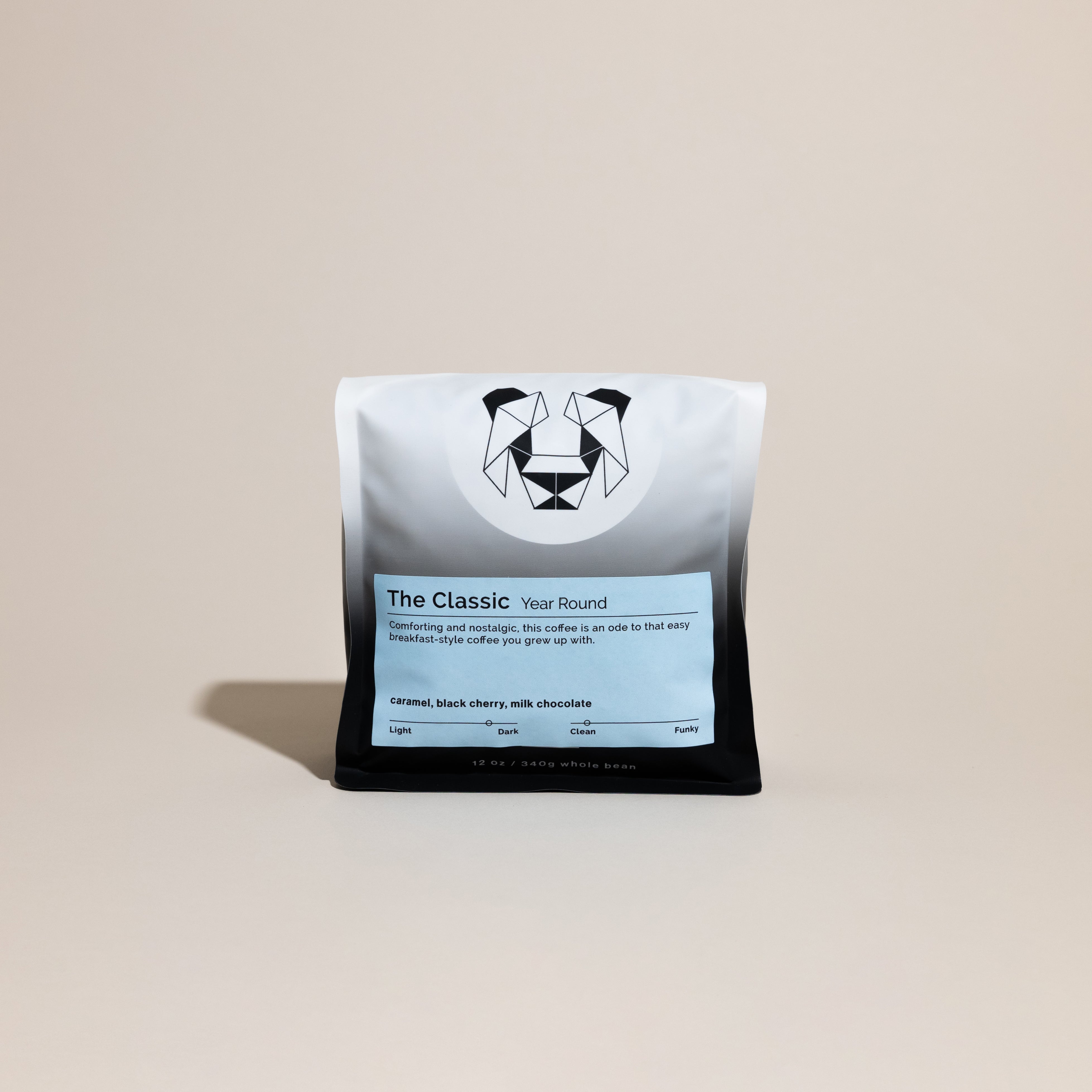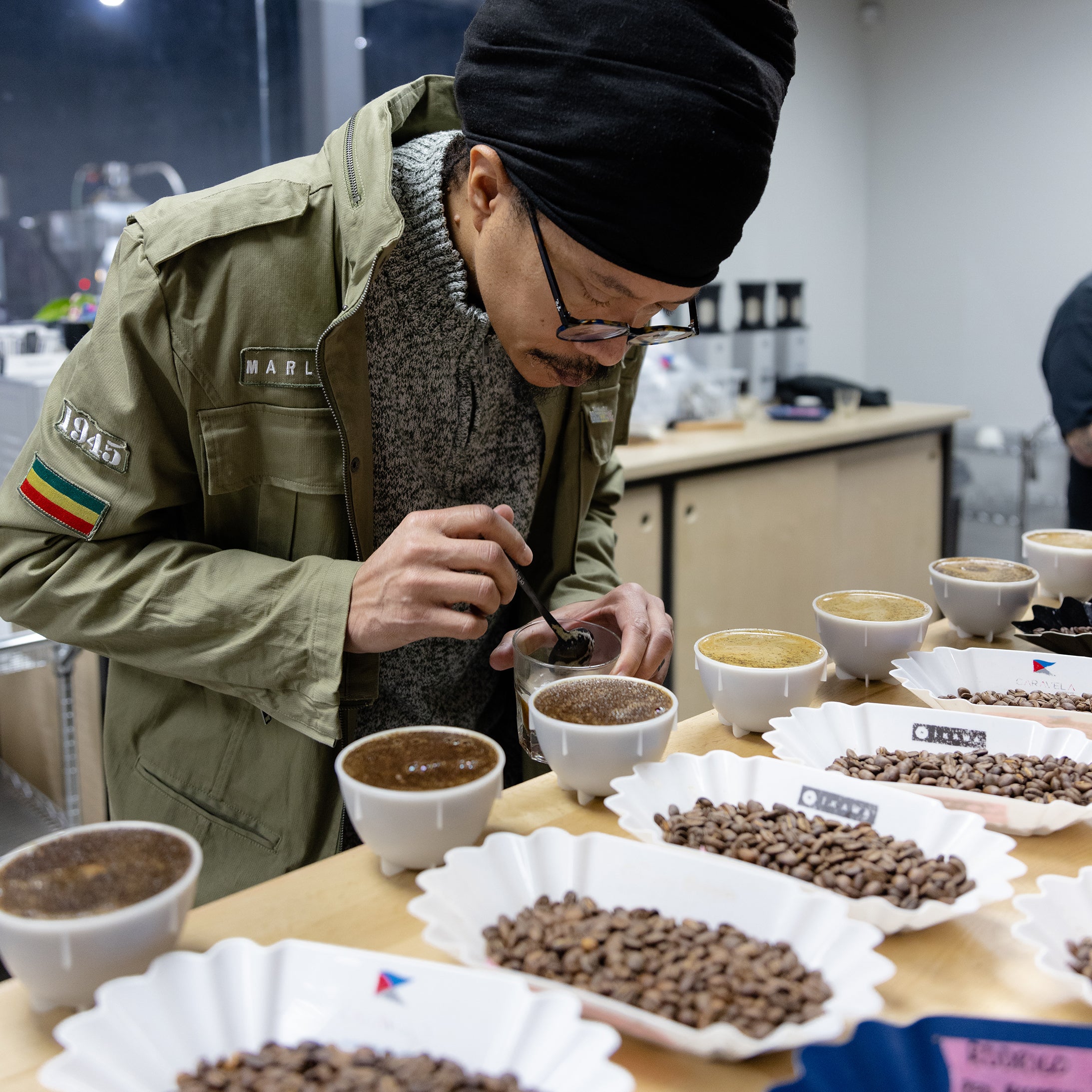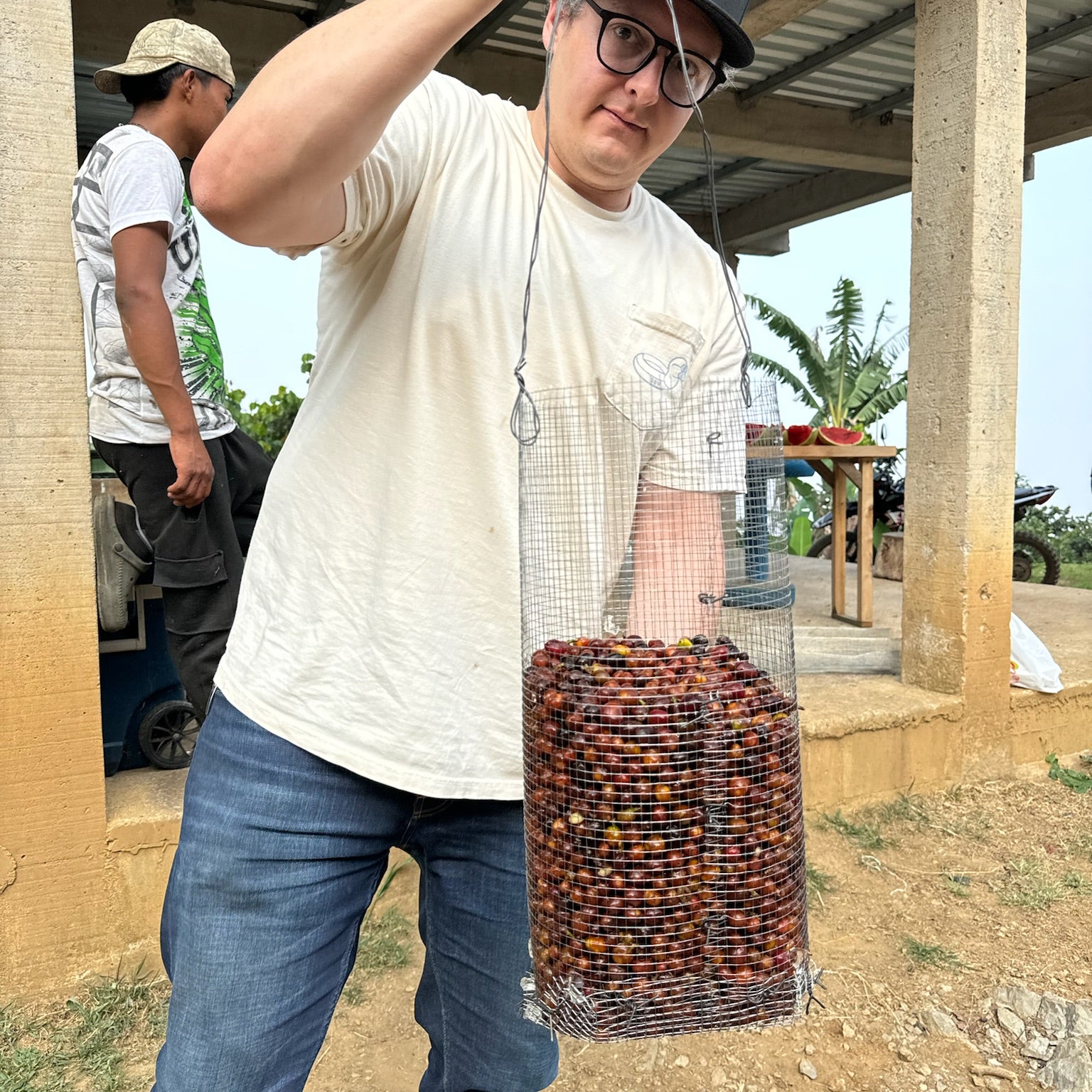We Roast Monday, Tuesday, Thursday, and Friday
Note | Orders placed after 7am roast and ship on the next roast day.
Roasted In Raleigh, North Carolina
Black & White Coffee Roasters
 We Roast Monday, Tuesday, Thursday and Friday. Note That Your order will be shipped the next roast day.
We Roast Monday, Tuesday, Thursday and Friday. Note That Your order will be shipped the next roast day.

